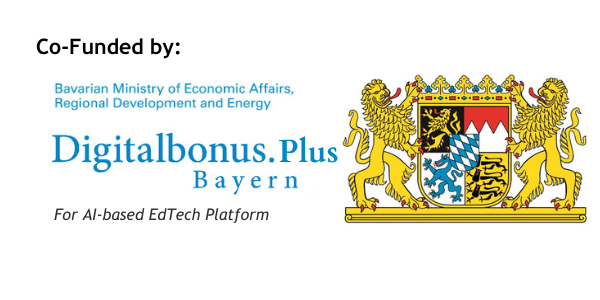Internal Combustion Engines are heat engines in which combustion takes place inside of engine cylinder with an oxidizer (generally air). Internal combustion heat engines work on the principle of the ideal gas law:
pV=nRT. (Ideal gas law)
An internal combustion engine has a chamber, which has fuel added to it which ignites in order to raise the temperature of the gas.When heat is added to the system, it forces gas inside to expand, this causes the piston to rise, and in case of a gas turbine, the hot air is forced into the turbine chamber…By attaching the piston or turbine to a camshaft, the engine is able to convert a portion of the energy input to the system into useful work.To compress the piston in an intermittent combustion engine, the engine exhausts the gas. A heat sink is then used to keep the system running at a consistent temperature. A gas turbine, which uses continuous combustion, simply exhausts its gas continuously rather than in a cycle.
The classification of IC engines is covered in this lecture along with basic introduction.







